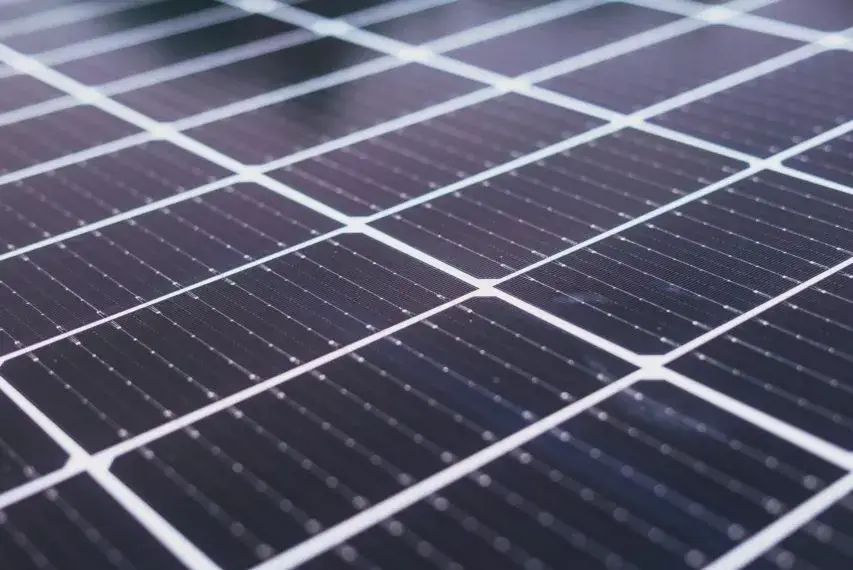How to Read Your Commercial Utility Bill
Understanding your commercial utility bill is crucial for managing energy costs effectively. By familiarizing yourself with the various charges and rate plans, you can make informed decisions that could lead to significant savings. Whether it's choosing the right Time-of-Use plan, understanding demand charges or adding a solar system, being proactive about your energy consumption can help optimize your business's energy expenses.
At TENCO SOLAR we understand that commercial utility bills can sometimes be difficult to decipher, so we’ve put together this information to make reading your monthly bill easier.
Commercial Utility Bill Overview
Bill Summary View

- Usage: A graph showing the amount of energy your business used (in kilowatt-hours) by peak period during the billing cycle.
- Average Cost: Shows the average cost (per kilowatt-hour) of the energy your business used during each peak period. Costs include both delivery and generation charges.
- Total Cost: The total energy costs, by time of day -- Multiplies your business’s energy usage by the average cost of energy for a “snapshot” of your total cost of energy (by time of day).
Rate Plan
Your utility rate is the rate under which your account is currently being billed. Based on when your business uses the most energy, TENCO SOLAR can evaluate whether this is the best rate for your business or suggest a new rate to help lower your energy costs.
Special Rate Types
Time-of-Use (TOU) Rates
- Time-of-use (TOU) plans charge different rates for electricity based on the time of day and the season
- TOU plans typically offer lower rates when demand is low and higher rates when demand peaks
- Can save costs for a business, if the business uses the most energy during off peak hours
- Peak Day Pricing or PDP rates combine Time-of-Use rate with surcharges for “Event Days”
- Businesses receive credits for reducing energy use during 9-15 “Event Days” between June and September, typically between 4-9pm
Types of Charges
Delivery Charges
The cost of delivering electricity to your business. This charge may also include the cost of maintaining local power lines, handling power outages, and managing the billing of your account.
Generation Charges
The cost of the physical electricity that is being consumed by your business.
Demand Charges
Demand charges are fees applied to your bill based upon the highest amount of power drawn during a 15-minute interval. Think of it as charging for “spikes” in your energy usage during a typical day. Demand charges are easily identifiable because they are measured in kilowatts (KW), while the rest of your bill will be measured in kilowatt hours (kWh).

Why are Demand Charges Important?
- Demand charges can often account for nearly half of a typical commercial electricity bill.
- Your business’s monthly energy bill is based on the AMOUNT of energy you use and WHEN you use it. Even if your rate plan does not include a demand charge, the basic service fee is generally related to demand.
- Demand charges affect your business’s eligibility for certain rate plans.
- Example: If your business’s demand (max amount of energy used at any one moment during the billing cycle) exceeds 20kW, your business may be moved to a rate plan that includes demand charges or different Time-of-Use (TOU) periods.
Detailed View of your bill
Now that we understand these charges, you can locate them on your bill.

What is Community Choice Aggregation (CCA)?
California Assembly Bill 117 enacted in 2002 allowed cities, counties, and other qualifying governmental entities to purchase and/or generate electricity for their residents and businesses. The Investor-Owned Utilities (IOU) “continues to be responsible for providing the essential services of transmission and distribution of electricity, metering, billing, collection of payments, and customer service to those customers, even though they are now choosing their electricity generation source through the CCA program.” (CPUC – Community Choice Aggregation)
Customers are automatically enrolled in the CCA, unless they opt out.
CCAs provide more local control over electricity sources, allow for a community to opt to use more green power than is offered by the default utility, and/or lower their electricity prices. Communities gain leverage, by combining their demand, and are able to negotiate better rates with a wider range of suppliers and select greener power sources. (EPA - Community Choice Aggregation)
With a CCA, you will still incur Meter, Delivery, Generation, and Demand charges, as seen in the example below.

In addition, there will likely be several CCA Surcharges. These could include:
- Power Charge Indifference Adjustment (PCIA) – can be a credit or charge, reflects long-term energy resources committed to your location prior to the switch to CCA service.
- Department of Water Resources (DWR) Bond Charge – supports the California Wildfire Fund and the payment of bonds issued by the California Department of Water Resources (DWR).
- The Competition Transition Charge (CTC) - charge for legacy electricity contracts, signed prior to 1998, that exceed a CPUC-approved market price limit.
- Other surcharges - could include generation charges assessed by Municipalities.
Will solar help my business lower my energy costs?
Solar isn’t a one-size-fits-all solution—every business has unique energy needs. That’s why we take a comprehensive approach when evaluating your electricity usage and if solar can help lower your energy costs. We analyze not just total energy usage, but also when and how your business consumes power, including demand spikes, seasonal variations, and available utility rate plans. We also assess how sun exposure impacts your building’s solar potential and identify tax credits and incentives to help offset costs.
Contact TENCO Solar today for a free customized energy assessment to determine if solar is right for your business.
More Popular Solar Resources
Continue learning about solar with our vast library of resources.
Have a Solar project in mind?
With over two decades of expertise in designing and installing solar systems for residential and commercial properties across California, TENCO SOLAR is the perfect partner for your upcoming solar project.






